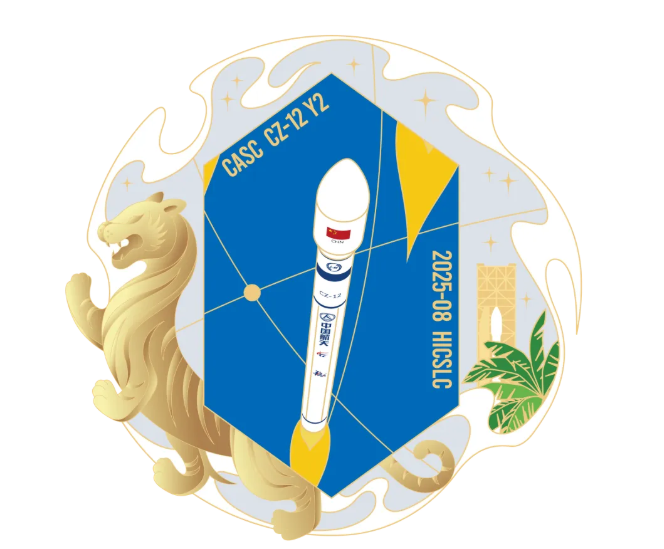
NEWS
Long March 12 launch vehicle was successfully launched with the low-earth orbit satellite internet
发布时间:
2025-08-07 14:06
At 18:21 on August 04, 2025, the Long March 12 launch vehicle developed by Shanghai Academy of Spaceflight Technology (SAST) lifted off from the Hainan Commercial Space Launch Site, successfully deploying the SatNet LEO Group 07 into their destination orbit, signaling a complete success of the launch mission.
The Long March 12 is China’s first 4-meter-class single-core launch vehicle. Designed to meet China’s space access capabilities and future satellite network requirements, SAST focuses on enhancing the reliability, safety, and convenience of commercial launch vehicles, and has explored and established new models for organizing, testing, and launching commercial space missions. With an open and inclusive attitude, this effort has further improved the coordination and guarantee mechanisms among stakeholders of commercial launch vehicles. The launch vehicle boasts a payload capacity of no less than 12 tons for deploying satellites into a low Earth orbit and no less than 6 tons for deploying satellites into a 700-kilometer sun-synchronous orbit, making it a core launch vehicle in China’s commercial space industry.
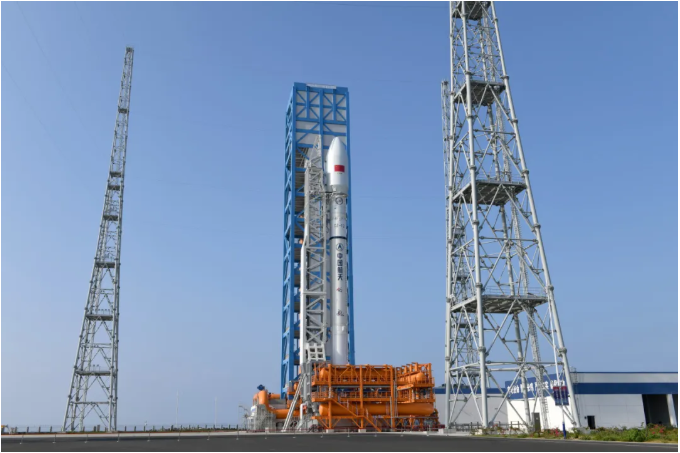
In this mission, a side-mounted multi-satellite launch configuration was adopted. The model team developed a new multi-satellite adapter made from composite materials, and through digital simulation docking and satellite-rocket docking tests, it has ensured efficient satellite layout, safe spacing, and accurate interfacing. At the same time, to further improve the payload capacity and mission adaptability, structural sections such as the liquid oxygen and kerosene tanks were optimized for weight reduction. Components like the satellite adapter and support module were made from composite materials, achieving a weight reduction of 5% to 10% while maintaining structural strength. Taking Wenchang’s weather conditions into account, the team used a newly developed 400 mm large-diameter air conditioning connector for this mission and added additional temperature and humidity measuring points inside the fairing. These upgrades have significantly improved the environmental control capabilities and precision inside the fairing, ensuring that the internal temperature and humidity conditions meet the mission requirements. At the same time, a newly developed fairing cover with high reflectivity was adopted to maintain stable temperature and humidity levels throughout the rocket’s transfer process.
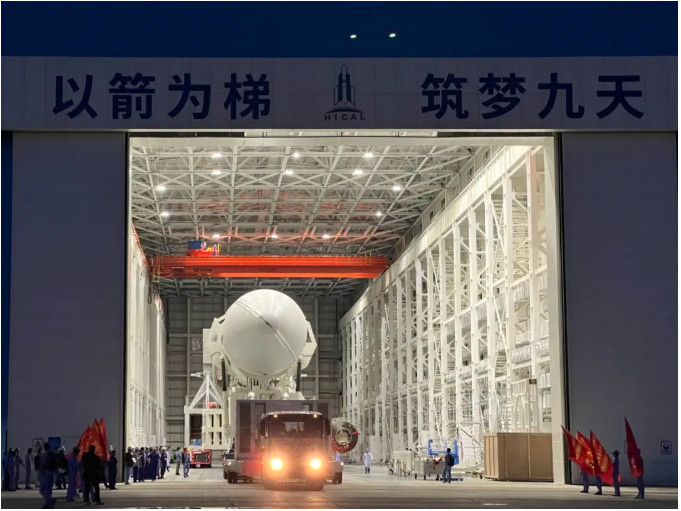
During the execution of this mission, Typhoon Wipha swept through the area. In response to it, the model team promptly launched comprehensive emergency measures. They conducted multiple rounds of joint cross-inspections on critical products and key areas, strengthened risk identification, and carried out flood and typhoon prevention work in a proactive and prudent manner through scientific control and targeted actions, providing strong support for the successful completion of follow-up launch site tasks.
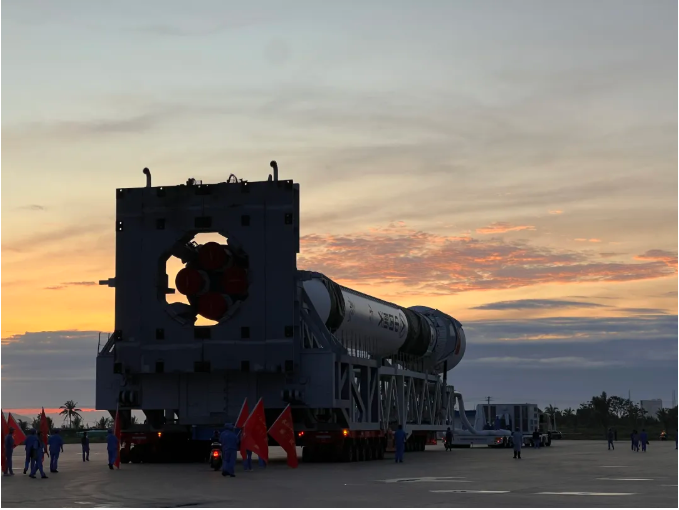
For this mission, the team employed road transportation for the first time, which not only shortened the transfer timeline but also further validated the product’s adaptability to the mechanical conditions encountered during road transport, offering a more flexible option of transportation for future missions.
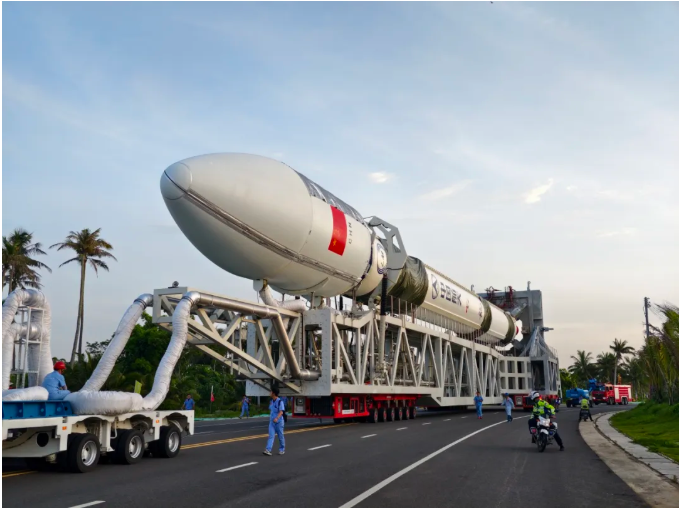
This launch is the 2nd launch of Long March 12 launch vehicle, the 241st flight test of the Long March series of launch vehicles developed by Shanghai Academy of Spaceflight Technology, and the 587th launch of China’s Long March series of launch vehicles.
